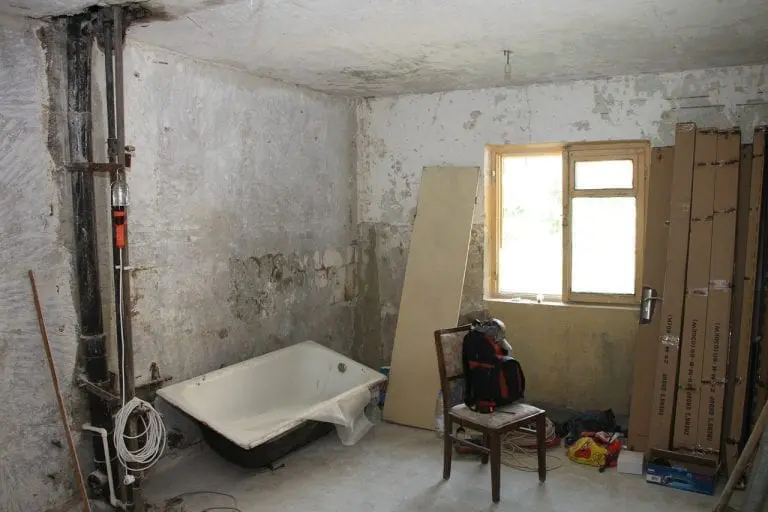Common Household Plumbing Problems and How to Address Them

If you’ve ever experienced the frustration of a leaky faucet or a clogged drain, you’re not alone. Plumbing issues are a common headache for many of us, but fear not! In this blog post, we’ll dive into some of the most frequent plumbing problems you might encounter around the house and share some practical tips on how to tackle them like a pro. Of course, if you can’t handle the issue yourself, always contact a professional plumber in the Hills District for assistance.
Leaky Faucets: The Drip-Drip Dilemma
Ah, the relentless sound of a dripping faucet – it can drive anyone up the wall! Not to mention the wasted water and the spike in your water bill. Luckily, fixing a leaky faucet is often simpler than you might think. Here’s how:
- Identify the Type of Faucet – Is it a compression faucet, a cartridge faucet, a ball faucet, or a ceramic-disk faucet? Knowing the type can help you find the right replacement parts if needed.
- Turn Off the Water Supply – Before you start tinkering, make sure to shut off the water supply to the affected faucet to avoid any unexpected floods.
- Replace the Washer or O-Ring – In many cases, a worn-out washer or O-ring is the culprit behind the leak. Simply replace these parts, and voila! No more drip.
Clogged Drains: The Plumber’s Nemesis
Nothing puts a damper on your day like a clogged drain, whether it’s in the kitchen sink, bathroom sink, or shower. But fear not, for there are several DIY methods to unclog those pesky drains:
Boiling Water – Sometimes, all it takes is a kettle of boiling water to dissolve the gunk and clear the blockage.
Baking Soda and Vinegar – A classic combo that can work wonders. Pour a cup of baking soda down the drain, followed by a cup of vinegar. Let it fizz for a bit, then flush with hot water.
Plungers and Snakes – For tougher clogs, a plunger or a plumbing snake might be necessary. Just remember to use them gently to avoid causing damage to your pipes.
Running Toilet: The Phantom Flusher
Is your toilet running? Well, you better catch it! A running toilet not only wastes water but can also be a sign of a more serious issue. Here’s how to stop the constant flow:
Check the Flapper Valve – Often, a faulty flapper valve is to blame for a running toilet. Simply replace it, and your toilet should be back to its normal self.
Adjust the Float – If the water level in the tank is too high, it can trigger the toilet to run constantly. Adjust the float to the appropriate level to solve the problem.
Low Water Pressure: The Feeble Flow
There’s nothing quite as frustrating as weak water pressure when you’re trying to take a shower or wash the dishes. Here are a few things you can try to boost that water pressure:
Check for Mineral Buildup – Mineral deposits can accumulate in your pipes over time, causing blockages and reducing water pressure. Consider installing a water softener or using a descaling solution to remove these deposits.
Inspect the Pressure Regulator – If your home is equipped with a pressure regulator, make sure it’s functioning properly. A malfunctioning regulator can lead to low water pressure throughout your house.
Emergency Plumbing: Handling the Unexpected
Sometimes, despite our best efforts, plumbing emergencies can still catch us off guard. Whether it’s a burst pipe, a sewage backup, or a water heater failure, knowing how to react calmly and swiftly can make all the difference. Here’s what to do in the event of a plumbing emergency:
- Shut Off the Water – The first step in any plumbing emergency is to shut off the main water supply to your house. This will help prevent further damage and flooding.
- Assess the Situation – Take a moment to assess the extent of the damage and identify the source of the problem if possible.
- Call a Professional – In most cases, plumbing emergencies require the expertise of a licensed plumber. Don’t hesitate to call for help – the sooner you address the issue, the better.
- Contain the Damage – While you wait for the plumber to arrive, do your best to contain the damage. Use towels or buckets to soak up excess water, and move any valuable items out of harm’s way.
- Follow-Up – Once the emergency has been resolved, follow up with your plumber to ensure that any necessary repairs or replacements have been completed satisfactorily.
Remember, staying calm and level-headed is key in any emergency situation. By knowing how to react quickly and effectively, you can minimize the impact of a plumbing emergency on your home and your wallet.
In conclusion, dealing with plumbing problems can be a hassle, but armed with the right knowledge and tools, you can tackle them with confidence. Remember, prevention is key, so don’t neglect your plumbing system – it’s the unsung hero of your household!









